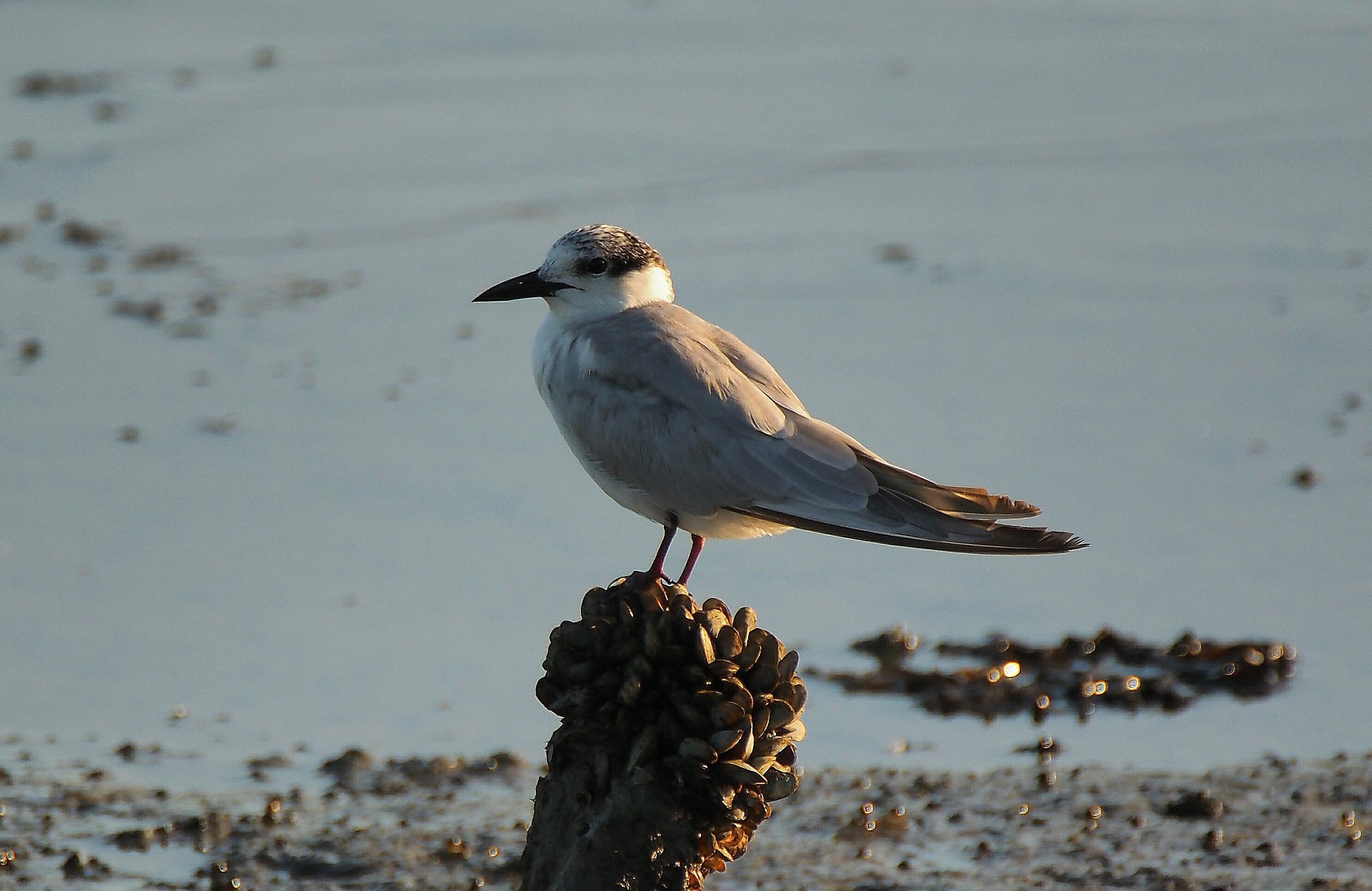
Blyth Valley & Southwold Wildlife Group: September report
Throughout the autumn and winter, the Blyth Valley and Southwold wildlife group, organise monthly meetings where they invite guest speakers to present on various topics of interest. Here, Penny Mansfield reports on their September meeting.
When Birds Sing
At our September meeting of the Blyth Valley and Southwold Suffolk Wildlife group, we welcomed Saffron Summerfield to talk about the nature of bird song. Saffron is a musician, composer, and bird song recordist, who sometimes incorporate birdsong into her work. She started the evening with a folk song about the cuckoo to intrigue us, and followed this by exploring some of the reasons birds sing – to establish territories, or attract a mate, but also for fun, as some recent research shows.
The way birds produce sound, through their syrinx, a bellow-like structure, can create considerable volume, as we know from listening to the tiny wren. Tone and pitch vary widely, from the goldcrest at the high end, to the bittern’s boom at the low end, audible for up to three miles.
Whilst most birds learn to sing from their parents, possibly while still unhatched, there are exceptions, and others might learn from different adults. The extraordinary marsh warbler learns a variety of bird songs along its route from East Africa and can reproduce them in an unbroken rill that can last for half an hour, in its efforts to beat its rivals in the mating game.
Recorded birdsong can have a calming effect and has been used in public spaces for this reason, and many musicians have been fascinated and inspired to use bird songs in their work.
The evening ended with Saffron playing a beautiful recording of a robin singing, with her guitar and quiet verbal accompaniment. It was a stimulating evening, and very much enjoyed.
To find out more about our group and monthly meetings, contact us at swtblythvalley@gmail.com
Penny Mansfield





